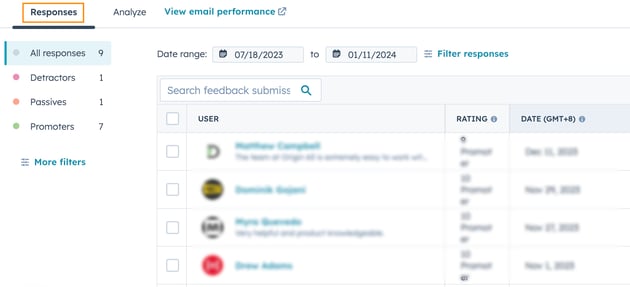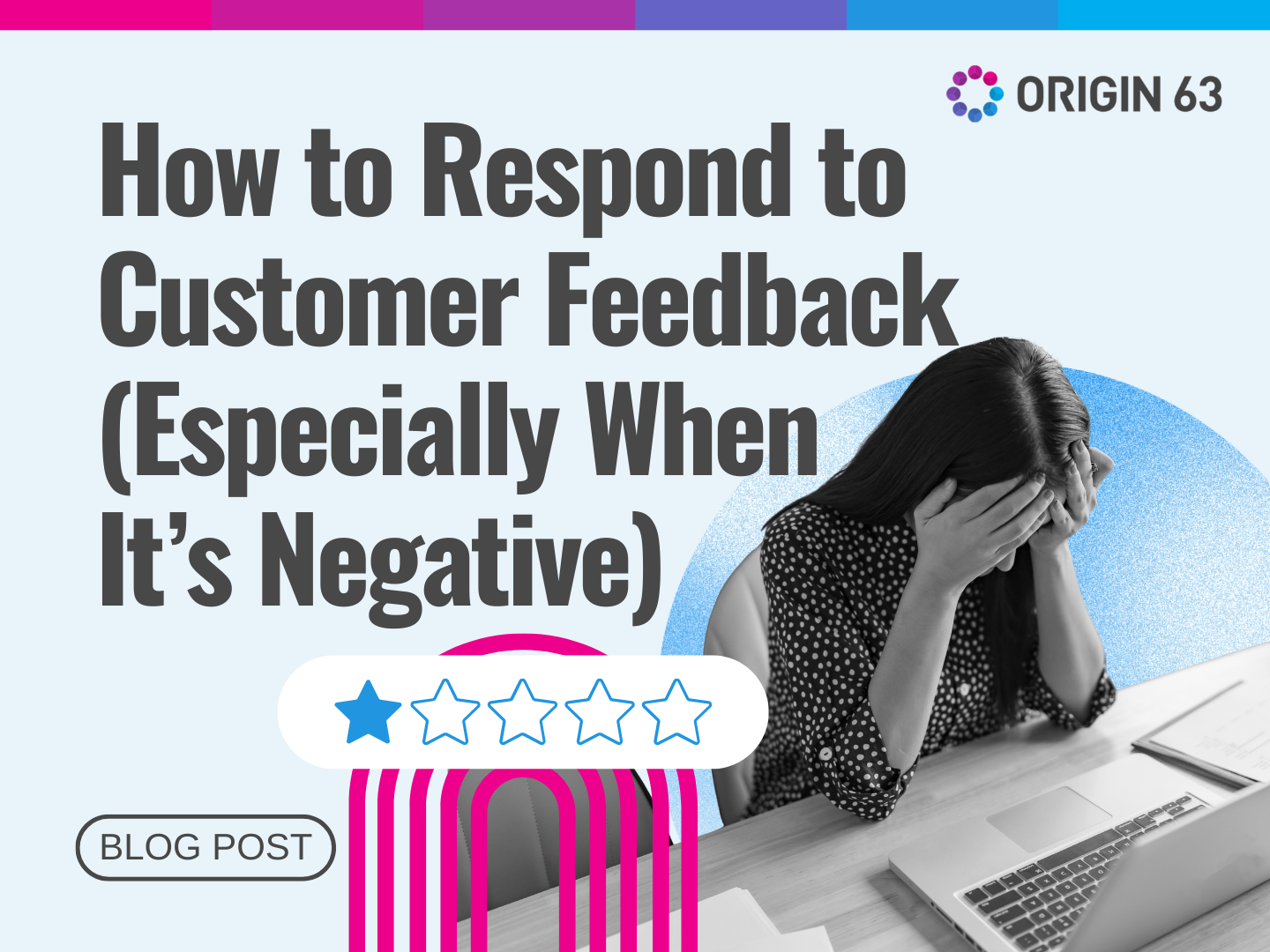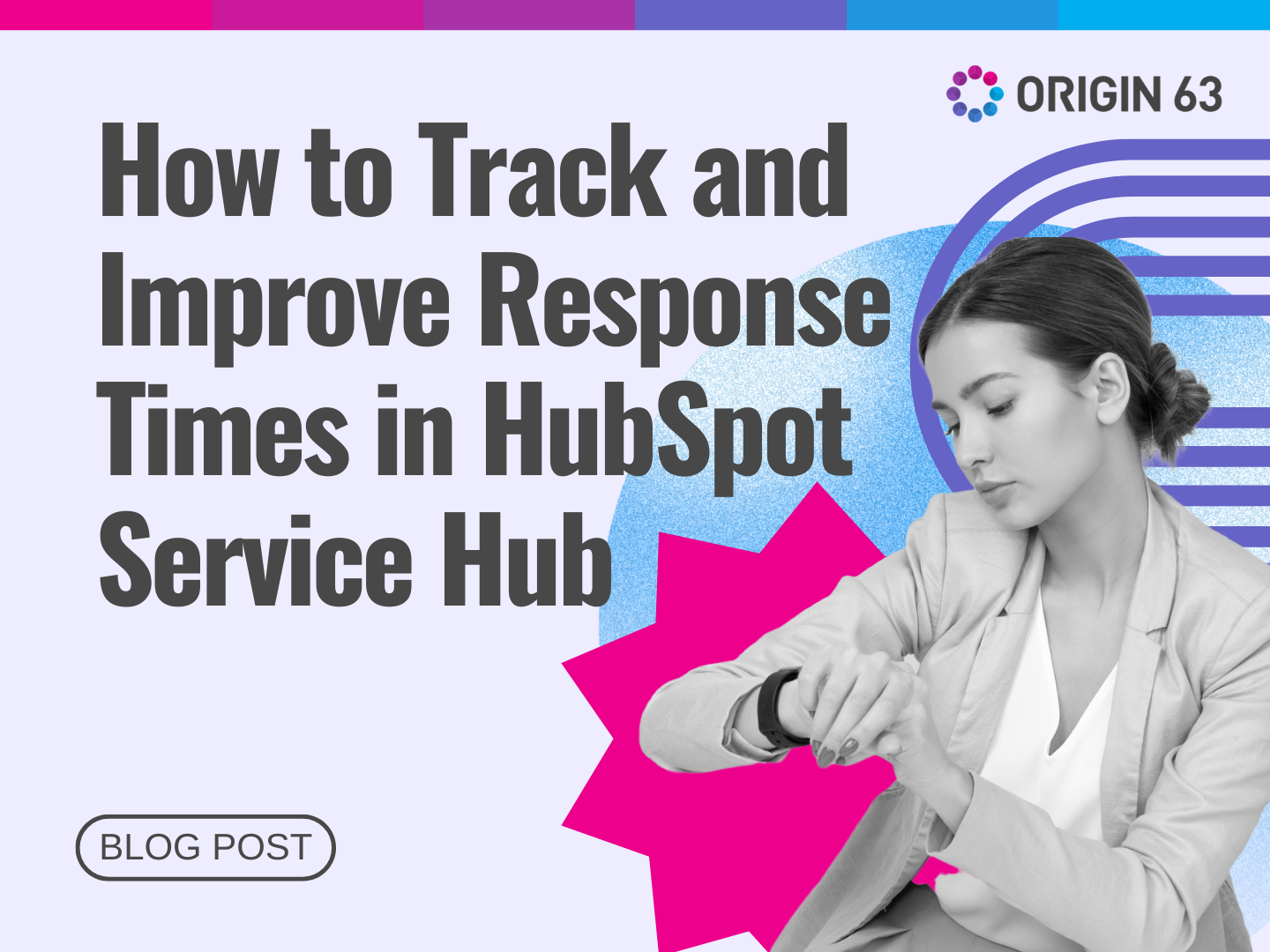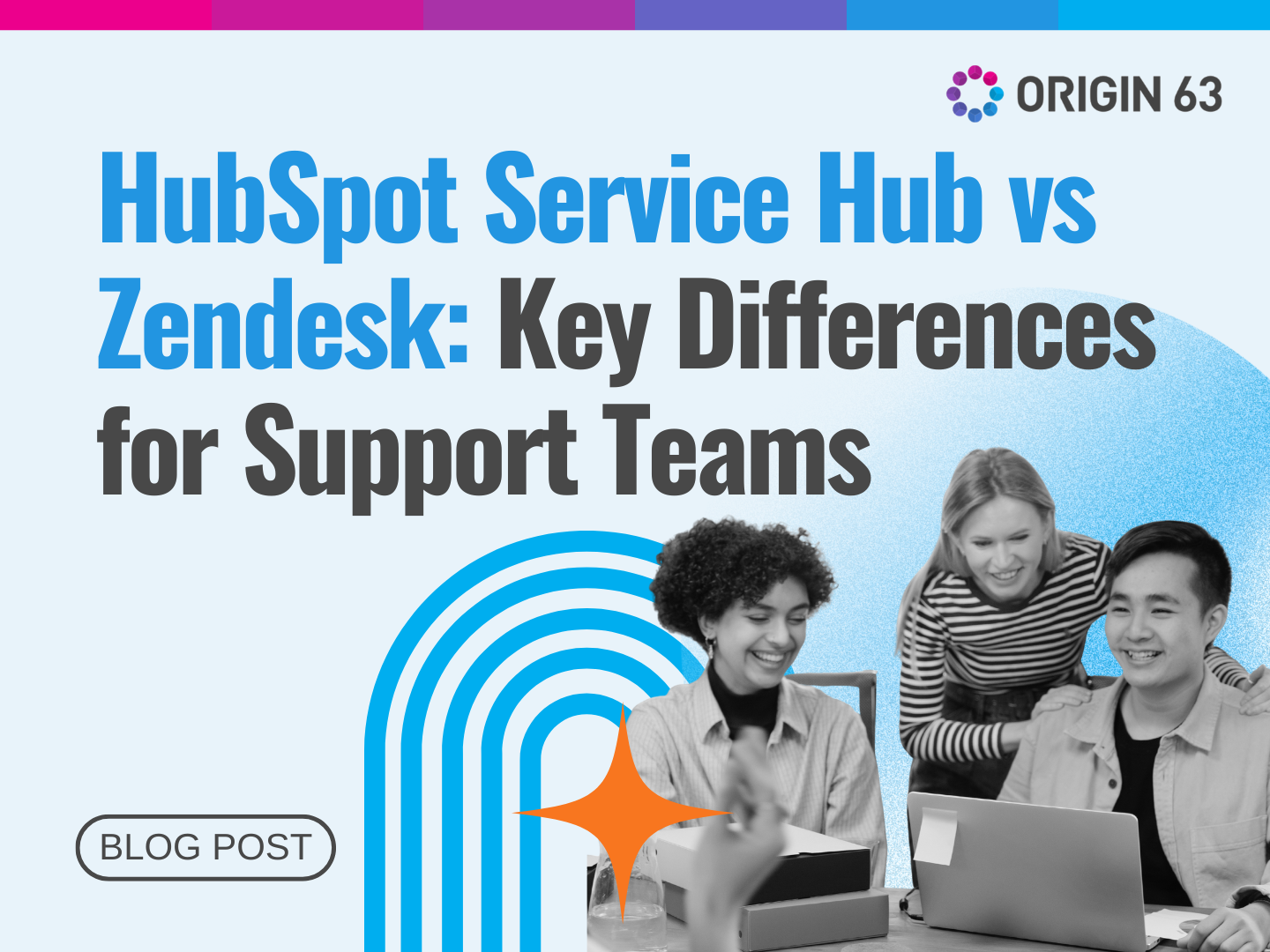It prevents repetition. With all data in one place, customers don't have to provide the same information repeatedly.Customer experience is now the top priority for forward-thinking companies. Why? As customers, we've all been on the receiving end of poor service. We know how much it turns us off from a brand.
However, in many organizations, customer service is still siloed between departments. With such disjointed systems, service suffers. Customers get frustrated repeating information to various reps, and departments blame each other when balls are dropped.
Aligned organizations are better equipped to deliver personalized, contextual interactions that drive loyalty and growth.
This blog will explore proven strategies to align customer service across departments and transform disjointed systems into a cohesive, customer-centric ecosystem.
Challenges of Misaligned Customer Service
If your company is like most, you probably have customer service fragmented across different departments — sales handles ongoing relationships, marketing owns acquisition, and support deals with issues.
This siloed approach naturally emerges as companies grow. Specialized teams form to handle specific functions. While it provides structure, this disconnected system can break down the customer experience.
If you don’t have unified platforms, shared data, and coordinated workflows, you may notice several frustrating challenges:
Inconsistent Experiences
Imagine you had a great sales call where the rep promised to follow up on a question. But then you have contacted email support, and they have no clue about your earlier conversation.
Or you resolved a tech issue with support last week, but now you are talking to a different sales agent and need to explain the whole problem again from scratch.
This lack of coordination understandably frustrates customers. They expect seamless service, but siloed systems make consistency impossible.
Lack of Shared Customer History and Context
When systems don’t connect across teams, agents only see a fragment of each customer's history.
Support reps handle tickets in a vacuum. They don't know about recent purchases the customer made, ongoing sales calls they're having, and past issues and solutions.
Customers want agents who understand their unique journey, but this lack of context makes personalizing service impossible.
It can also double the work. Since details don’t carry over, different teams can ask customers the same questions. It wastes your time and the customer’s. Overall, misalignment becomes a massive inconvenience for everyone.
Slow Response Times
Response times also suffer when inquiries get continually bounced between disconnected teams.
A customer asks sales a question that support needs to answer. Support can't see the sales context, so they reroute them back to sales. Sales have to re-explain the background to support before someone can identify a solution.
This ping-ponging between departments drags out resolution. Understandably, customers get irritated having to repeat themselves while waiting days for what should be a simple answer.
Limited Insights
When customer information is fragmented across sales, marketing, and support, leadership lacks the comprehensive view to spot trends, risks, and opportunities.
Without unified data, you can't see the full customer journey. It’s hard to see which service issues cause churn, especially if the problem happens in support, but the customer leaves after interacting with sales.
Blind spots prevent data-driven strategy and smart resource allocation. You can't course correct or capitalize on insights.
Strategies to Align Customer Service
While fragmented systems emerge organically, you can proactively realign your teams and platforms. Here are some strategies to break down silos and connect the customer experience:
Bring Teams Together with a CRM System
A customer relationship management (CRM) system is the hub that connects all customer interactions.
Carefully choosing a unified CRM provides a "single source of truth" where sales, marketing, and support all access the same profiles, history, and conversations.
You can integrate your CRM system with other systems like email, chat, and billing so customer data is easily accessible. You don’t need to jump from different tabs between different tabs or platforms to get the full view of each customer.
Other reasons to adopt a CRM software include:
- It prevents repetition. With all data in one place, customers don't have to provide the same information repeatedly.
- It maintains context. Important details don't get lost during team hand-offs.
- It enables collaboration. Teams can better coordinate and work together when they access the same systems.
- It provides analytics. Unified data allows you to spot trends, risks, and opportunities through analytics.
- It drives efficiency. Smooth data flows minimize manual workarounds, saving time and effort.
- It delivers personalization. Complete customer profiles enable hyper-personalized experiences.
Smooth Out Team Hand-Offs
Well-defined processes cut down on wasted time and resources spent navigating hand-offs.
Clearly outline the hand-off points between sales, marketing, and service, and set expectations for what info you should share at these stages.
Collaborative tools like shared inboxes and internal chat systems also facilitate team transparency and coordination.
Foster a Customer-Centric Culture
Technology alone can't fix misalignment. You need a culture that emphasizes customer experience across departments.
Here are a few steps to promote customer-centricity:
- Provide training that highlights how each role contributes to overall satisfaction.
- Have teams share customer feedback and collaborate on improvements.
- Recognize and reward employees who go above and beyond for customers.
When your systems, workflows, and culture are unified around the customer, your teams can deliver fully aligned and personalized experiences.
Align Teams with HubSpot Service Hub
Ready to break down departmental silos and elevate your customer service? Turning the discussed strategies into reality is straightforward with HubSpot Service Hub.
It can solve most of your misalignment issues through these popular features:
1. Consolidated Conversations
HubSpot Service Hub brings all communications — email, chat, text, and social — into one shared inbox (which you can segment when necessary). You don’t have to switch between email and social media platforms to find or respond to customer inquiries.
Plus, team members have full context from previous interactions across departments right at their fingertips. No more duplication of efforts!
2. Shared Tickets and Workflows
As your business scales, keeping track of service issues can get chaotic. Service Hub’s ticketing system enables transparent tracking, assignment, collaboration, and management of all customer inquiries in one spot.
You can set up workflows to route tickets to the right people automatically. As a result, teams work together smoothly instead of dropping balls.
3. Cross-Functional Knowledge Base
.png?width=630&height=411&name=image%20(18).png)
Do customers repeatedly ask the same questions? Answering the same question every time can be time-consuming for everyone. Luckily, HubSpot Service Hub removes this inconvenience through its Knowledge Base.
This feature helps you find common patterns in customers’ most frequent concerns and transform them into helpful articles.
Now, customers can self-serve for instant answers while repetitive queries to your team drop. The entire organization is aligned to deflect and resolve inquiries efficiently.
As a bonus, articles that answer FAQs can boost your search engine visibility.
4. Closed-Loop Feedback

You don’t need to worry about losing valuable customer feedback. HubSpot Service Hub centralizes surveys and reviews so insights reach everyone.
Each team can see complete customer data to improve systems together. They can easily find which feedback is relevant to them without forwarding survey data across departments.
5. Unified Reporting Dashboard
Need help to identify where processes are broken for customers? HubSpot Service Hub’s unified reporting dashboard provides a view of the whole picture.
Finally, every team can be on the same page with data like:
- Ticket origins
- Response times
- Ticket status
- Customer survey results
These insights let you connect the dots between siloed systems. You can then make data-driven decisions to optimize workflows around the customer.
Wrap-Up
When service is disjointed between departments, customers suffer — their experiences feel fragmented and impersonal, issues fall through the cracks, and needs get lost in confusion.
Instead, teams need to come together to put customers first. Unify your systems, data, and workflows to provide seamless support. Break down silos through better alignment across departments.
Tools like HubSpot Service Hub integrate solutions for conversational history, ticketing, knowledge bases, and reporting. This system connects the dots for both customers and staff.
Satisfaction and loyalty rise when everyone works as one to deliver personalized, frictionless experiences. Customers feel cared for as all the pieces click into place.
Unify Your Customer Service with HubSpot Service Hub
If transforming customer experience sounds overwhelming, don’t go it alone. We can help you customize a plan to consolidate your customer service, sales, and marketing.
See firsthand how seamless support and total alignment catalyze growth. Contact Origin 63 to learn more about using HubSpot Service Hub to improve customer experience.













.png?width=90&height=90&name=Arrows%20Partner%20Badge-test%20(1).png)

